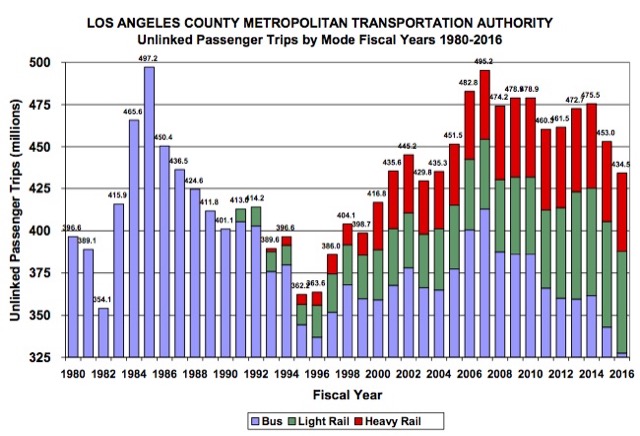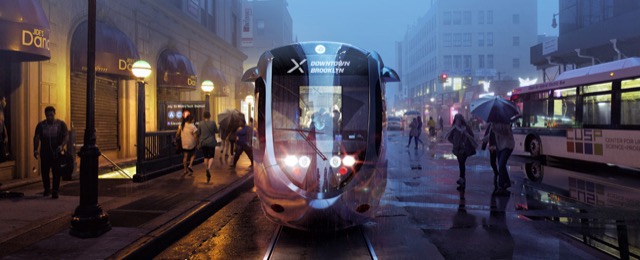Last week, the Washington State Senate refused to confirm Lynn Peterson as state Secretary of Transportation, effectively firing her three years after she was nominated to the job by Governor Jay Inslee (and during which she served in the job). In effect, the Senate turned her down after a three-year interview period.
Peterson was a curious choice for the job as she was an Oregonian who had been a Clackamas County Commissioner. Her background also included working as a transportation planner for Portland’s Metro, transit planner for TriMet, and an advocate for 1000 Friends of Oregon. Given that resume, she clearly supports the “build-it-and-they-will-come” ideals of light rail and conversely, don’t-build-it-and-they-won’t-come opposition to highways. Just as Washington imported its 1990 land-use law from Oregon’s 1973 law, it made sense to import an anti-highway, pro-high-cost transit planner from Oregon to run Washington’s transportation department.
Of course, it only made sense if you believe those ideas, but from any realistic view they are nonsense. Portland and Seattle both suffer from housing affordability crises born out of the inane “density-reduces-driving” myth. Their ever-more-expensive light-rail and streetcar lines combined with subsidies to transit-oriented developments are bankrupting the cities. Failing to build new roads hasn’t led people to drive less; instead, traffic congestion (measured by hours of delay per commuter) has more than tripled in Portland and more than doubled in Seattle since 1982.









